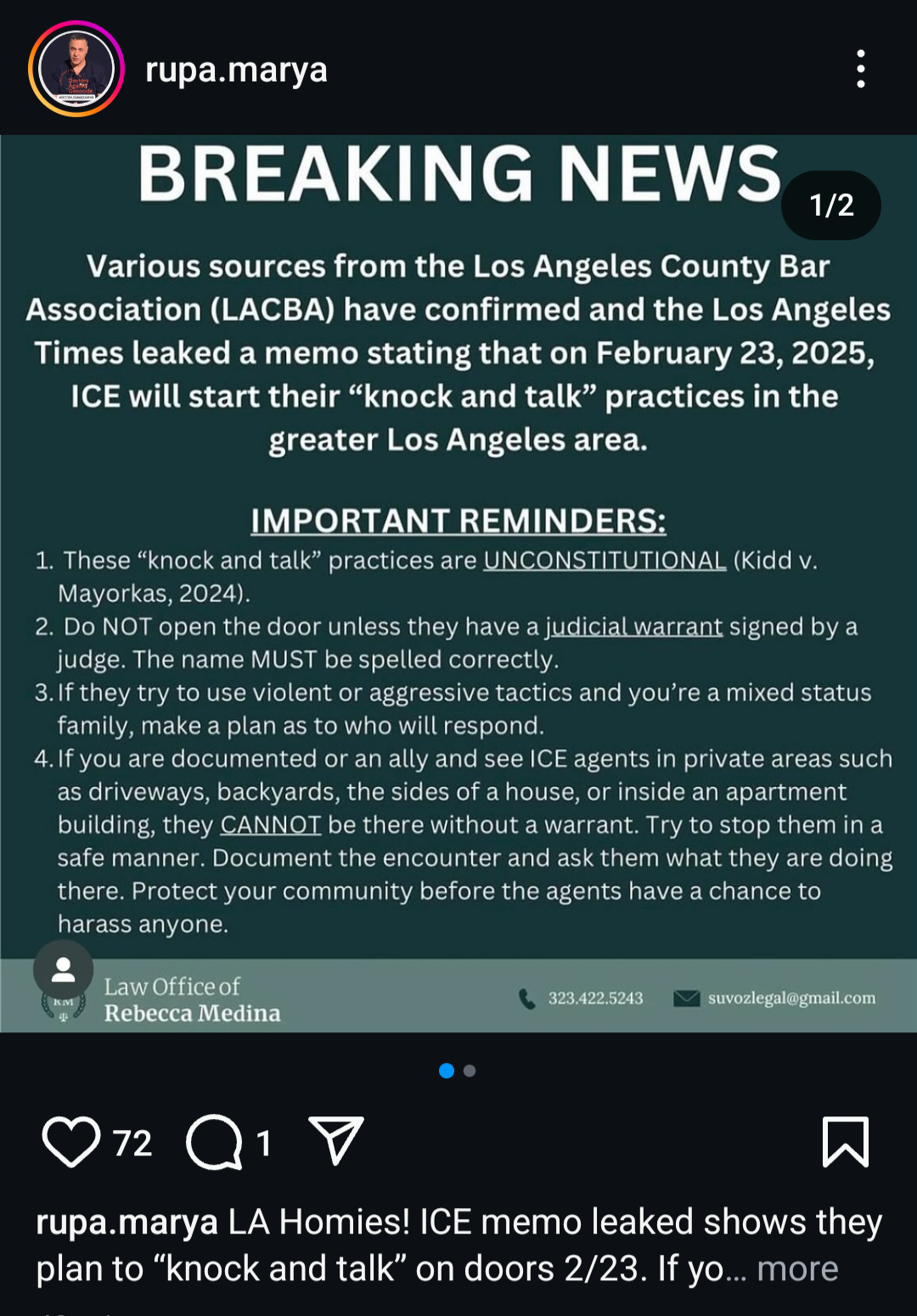Klein had already been talking with EdTrust, a nonprofit dedicated to removing racial and economic barriers to education, about developing a more detailed national map to illustrate all the ways extreme weather disrupts learning. Then the L.A. wildfires broke out in early January...
More than 750,000 kids went to more than 1,000 schools that were closed for as few as two days or more than 10 days in January, they found.
“Three out of four kids impacted by the Los Angeles wildfires are socioeconomically disadvantaged,” Klein said. “Two out of five kids impacted by the wildfires are multilingual learners and one out of 10 is a student with disabilities.”
The report is not peer-reviewed and makes no claim to being comprehensive, Klein said. But it’s important to compile statistics like this, he said, because some students have specific needs that are seriously affected by the interruption to classroom learning. They need to return to learning and a stable school setting most urgently, he said.
Schools provide nutrition and a stable environment for students from households where they may not have enough to eat, live in overcrowded or unsafe housing conditions, or lack adequate adult supervision.
Studies show that school closures and chronic absenteeism caused by extreme weather events have an outsize detrimental effect on kids’ academic success. Missing one week of school from extreme weather-related school closures is the equivalent to missing two to three weeks from some other kind of absence or school closure, Klein said.
A 2023 peer-reviewed study in the journal Economics of Education Review found that nearly all students had lower test scores after Hurricane Florence triggered closures in North Carolina elementary and middle schools in 2018.
A recent survey from Stanford University’s Center on Early Childhood found that one in two California parents with young children worry about how wildfires, drought, flooding, and extreme heat affect their kids.
